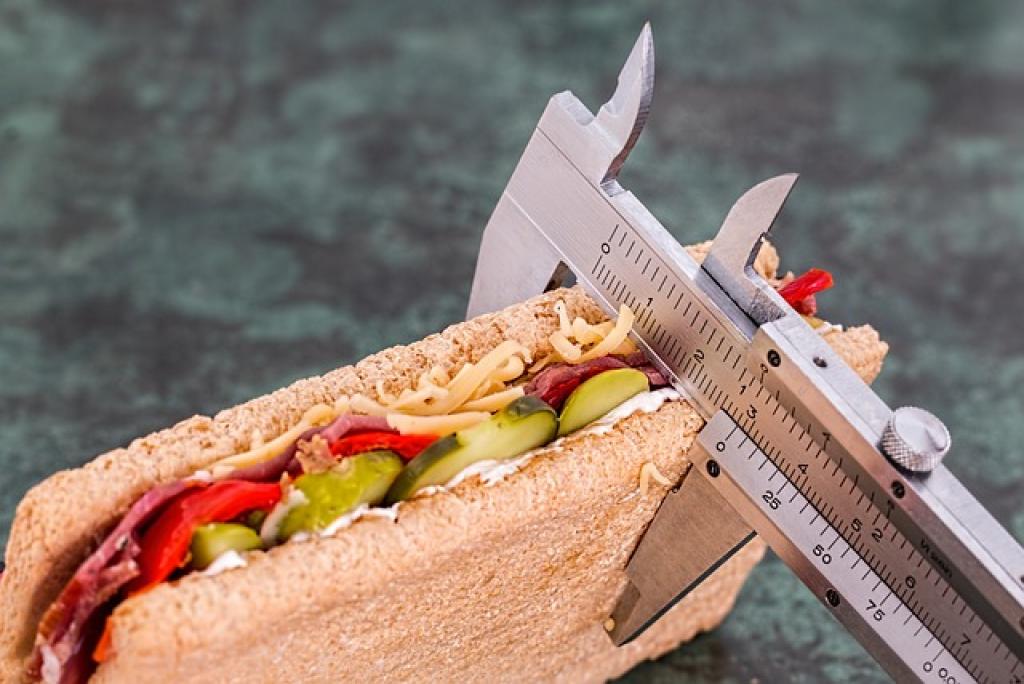Turning 50 marks a significant milestone in life, filled with wisdom, experience, and, at times, new health challenges. For many, shedding those extra pounds becomes trickier with age, and the methods that once worked effortlessly may no longer seem effective. But fear not!
Aging doesn’t mean giving up on your health goals. It just calls for a shift in strategy. The body’s metabolism changes, muscle mass decreases, and hormones fluctuate, all contributing to those stubborn pounds sticking around longer than you’d like. Recognizing these changes is the first step towards a healthier you.
Losing weight after 50 is entirely achievable with a combination of small lifestyle tweaks, a dash of patience, and a sprinkle of motivation. Whether it’s exploring new forms of exercise, revisiting nutritional habits, or simply adjusting your mindset, each step you take brings you closer to a healthier, fitter version of yourself.
Explore these effective ways to embrace this chapter with vigor and vitality, unlocking the secret to sustainable weight management after 50. Your journey to a healthier you is just beginning, and it’s brimming with possibilities!
Healthy Eating Habits for Weight Loss
Embracing healthier eating habits is key to achieving weight loss, especially after 50. Start by focusing on whole, nutrient-rich foods. Think colorful fruits, vibrant vegetables, lean proteins, and whole grains. These foods nourish your body, providing essential vitamins and minerals while keeping you fuller, longer.
Portion control is another powerful tool. Our metabolism naturally slows down with age, so adjusting portion sizes can prevent overeating. Try using smaller plates and serving sizes to keep your meals balanced and mindful.
Staying hydrated is crucial too. Sometimes, our bodies confuse thirst with hunger. By sipping on water throughout the day, you can avoid unnecessary snacking.
Introduce more fiber into your diet. High-fiber foods like beans, berries, and whole grains can improve digestion and help maintain a healthy weight. They also help regulate blood sugar levels, keeping those energy crashes at bay.
Lastly, be mindful of your eating patterns. Eating slowly and savoring each bite allows your body to register fullness, preventing overeating. Regular meals and healthy snacks can stabilize your metabolism, making weight loss feel a little more effortless.
These eating habits aren’t about restriction but cultivating a lifestyle that supports your health journey now and in the future.

Customizing Exercise Routines to Suit Your Body
As you journey through your 50s and beyond, customizing an exercise routine that suits your body becomes essential. It’s not just about burning calories; it’s about enhancing mobility, strength, and overall well-being while avoiding injury.
Understanding Your Unique Needs
Begin by identifying what your body needs most. Is it flexibility, strength, or endurance? Understanding your focus areas helps tailor your routine. Consider incorporating low-impact exercises like walking, swimming, or yoga. These activities are gentle on the joints while still offering excellent cardiovascular benefits.
Strength training is crucial at this stage, helping to counteract muscle loss that comes naturally with age. Simple weightlifting routines or resistance band workouts can improve muscle mass and bone density, providing a stable foundation for daily activities.
Incorporate balance exercises such as tai chi or balance-focused workouts. These can enhance coordination and prevent falls, keeping you active and engaged with the world around you.
Remember that rest is as important as the workouts themselves. Listening to your body and allowing time to recover prevents overexertion and aids in muscular recovery.
Crafting a personalized exercise routine not only supports weight loss but also promotes a vibrant and active lifestyle, enhancing your overall quality of life.
Managing Stress and Sleep for Weight Loss Success
Achieving weight loss after 50 isn’t just about diet and exercise; managing stress and ensuring quality sleep play critical roles too. Both can significantly impact your body’s ability to shed pounds and maintain a healthy balance.
Stress triggers the release of cortisol, a hormone that can increase appetite and lead to food cravings, particularly for high-calorie, comfort foods. Finding effective stress management techniques is vital. Consider incorporating relaxation practices such as meditation and deep breathing exercises, or gentle yoga into your daily routine. These activities not only reduce stress but also promote a sense of calm.
Sleep patterns also influence weight management. Sleep deprivation can disrupt hormones that regulate hunger, leading to increased appetite and potential weight gain. Establishing a consistent sleep schedule is fundamental. Aim for 7-9 hours of quality sleep per night to refresh your body and mind.
Creating a soothing bedtime routine can improve sleep quality. Try unwinding with a good book, gentle stretching, or a warm bath to signal to your body that it’s time to relax and recharge.
Balancing stress and sleep doesn’t just support weight loss, it enriches your life, paving the way for new adventures and vibrant days ahead.
Support Systems and Accountability Partners
Embarking on a weight loss journey after 50 is enriched when shared with others. Support systems and accountability partners can offer encouragement, celebrate achievements, and keep you motivated through challenges.
Building Your Support Network
Start by connecting with those who share your goals. Engage with friends, family, or community groups committed to healthy living. These relationships provide a foundation of support, ensuring you’re not navigating this path alone. Join local fitness classes or online forums where you can share experiences and gain insights.
Accountability partners are invaluable in staying on track. Choose someone who understands your aspirations and is willing to provide honest feedback and encouragement. This partnership can involve regular check-ins, where you discuss progress, setbacks, and strategies for continuing success.
Celebrate milestones, no matter how small. These moments of recognition keep spirits high and highlight the fruits of your hard work. Whether it’s a newfound love for a sport or a smaller clothing size, sharing these victories strengthens your resolve.
Creating a robust support system not only fosters accountability but also injects joy and camaraderie into your journey, helping make weight loss a more enjoyable and sustainable endeavor.
Conclusion: Celebrating Milestones and Setting New Goals
Reaching 50 and engaging in a weight loss journey is both an achievement and a new beginning. As you look back on the steps you’ve taken so far, it’s important to celebrate the milestones you’ve reached. Each success, whether big or small, represents a positive shift toward a healthier lifestyle.
Celebrating these achievements doesn’t just build confidence; it fuels motivation. Take time to acknowledge your progress with activities that bring you joy. Maybe it’s a new outfit to fit your transformed body or a day dedicated entirely to relaxation and enjoyment. Each celebration is a reminder of your dedication and the healthier choices you’ve embraced.
Now, with your successes firmly in view, it’s time to set new, exciting goals. Whether it’s increasing your daily steps, trying a new fitness class, or further revamping your nutritional habits, setting goals encourages growth and continued commitment to your health.
Remember, the key to sustainable change is keeping goals realistic and achievable. Allow flexibility in your plans, understanding that progress is a journey. Should setbacks occur, see them as learning experiences rather than failures. Adjust your approach, realign with your goals, and keep moving forward.
As your journey unfolds, remain inspired by the achievements you’ve made and the potential for what lies ahead. Every healthy choice you make propels you closer to a vibrant, rewarding life, marking 50 and beyond as some of your best years yet. Embrace each step, celebrate victories, and continue setting goals. You’ve got this!

No responses yet